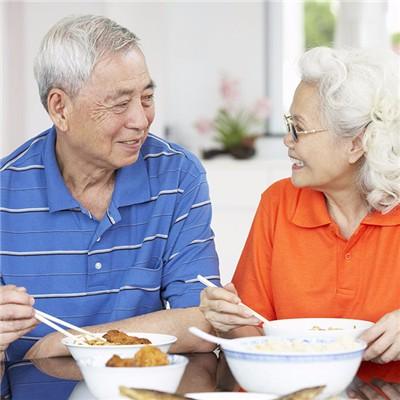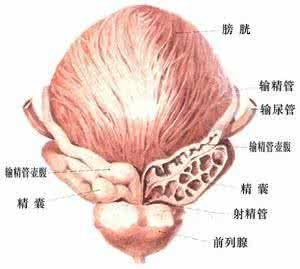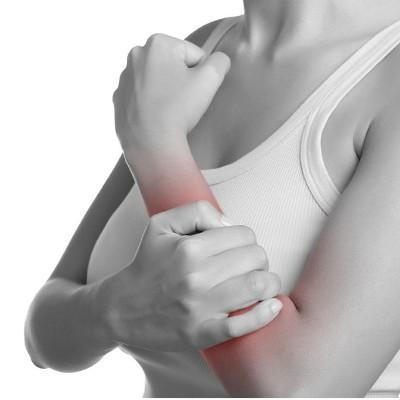What are the symptoms of renal cell carcinoma
summary
My aunt had been suffering from hematuria and pain in the waist before. Later, she was diagnosed with renal cancer after going to the hospital for examination. It is very important to understand the symptoms of this disease, which is conducive to early treatment. Let's take a look at the symptoms of renal cancer.
What are the symptoms of renal cell carcinoma
Symptom 1: hematuria after renal cell carcinoma invading the renal pelvis can appear hematuria of different degrees, about 40% - 60% of patients will appear hematuria of different degrees. It is often intermittent painless gross hematuria, sometimes with cord like blood clot, which is ureteral tube type, sometimes with continuous microscopic hematuria. The degree of hematuria has nothing to do with the volume of renal cell carcinoma. Renal colic can be caused when the ureter is blocked by blood clots. As hematuria can be found with the naked eye, once there is a similar phenomenon, we should pay attention to the regular hospital for examination in time.

Symptom 2: pain: the pain caused by renal cancer mostly occurs in the waist, the nature of blunt pain, the incidence rate is about 20%. The pain is often caused by the expansion of the renal capsule. When the tumor invades the surrounding organs and psoas muscle, the pain is severe and persistent.

Symptom 3: about 20% of renal cell carcinoma patients can find abdominal mass, which is located under the rib arch of the upper abdomen and can move up and down with respiratory movement. What the examinee touches may be the tumor itself or the lower pole of the kidney pushed by the tumor. When the tumor invaded the organs or muscle tissue around the kidney, it was completely fixed.

matters needing attention
After being diagnosed with renal cell carcinoma, we should actively treat it and never give up treatment. At the same time, we should understand the psychological changes of the patients, care for the patients, and family members should accompany the patients all the time, and give them the encouragement and care they should have.
















